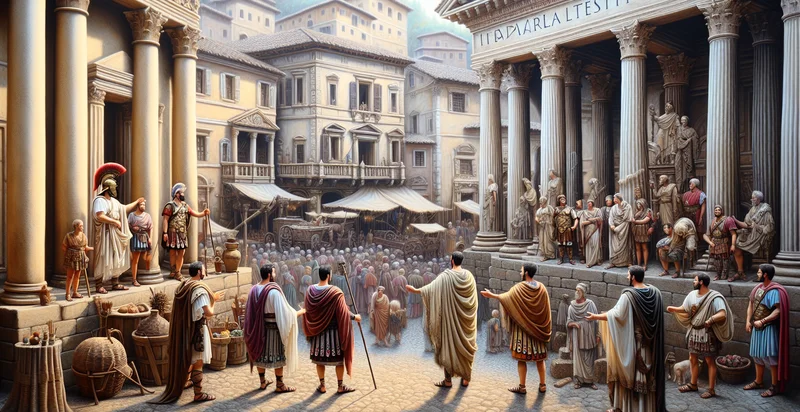Identify roman nymph by picture
using AI
Below is a free classifier to identify roman nymph by picture. Just upload your image, and our AI will predict what type of Roman nymph it depicts - in just seconds.

Contact us for API access
Or, use Nyckel to build highly-accurate custom classifiers in just minutes. No PhD required.
Get started
import nyckel
credentials = nyckel.Credentials("YOUR_CLIENT_ID", "YOUR_CLIENT_SECRET")
nyckel.invoke("roman-nymph-by-picture", "your_image_url", credentials)
fetch('https://www.nyckel.com/v1/functions/roman-nymph-by-picture/invoke', {
method: 'POST',
headers: {
'Authorization': 'Bearer ' + 'YOUR_BEARER_TOKEN',
'Content-Type': 'application/json',
},
body: JSON.stringify(
{"data": "your_image_url"}
)
})
.then(response => response.json())
.then(data => console.log(data));
curl -X POST \
-H "Content-Type: application/json" \
-H "Authorization: Bearer YOUR_BEARER_TOKEN" \
-d '{"data": "your_image_url"}' \
https://www.nyckel.com/v1/functions/roman-nymph-by-picture/invoke
How this classifier works
To start, upload your image. Our AI tool will then predict what type of Roman nymph it depicts.
This pretrained image model uses a Nyckel-created dataset and has 47 labels, including Aqua, Canens, Caria, Carmenta, Ceres, Clementia, Diana, Dryad, Egeria and Erio.
We'll also show a confidence score (the higher the number, the more confident the AI model is around what type of Roman nymph it depicts).
Whether you're just curious or building roman nymph by picture detection into your application, we hope our classifier proves helpful.
Related Classifiers
Need to identify roman nymph by picture at scale?
Get API or Zapier access to this classifier for free. It's perfect for:
- Art Restoration Verification: This function can be used by art restorers to identify and classify ancient Roman artworks, specifically nymph representations. By verifying the authenticity of these images, restorers can ensure they apply the correct techniques and styles during the restoration process.
- Museum Curation Assistance: Museums can utilize the function to assist curators in organizing exhibitions focused on Roman art. The identifier can help categorize images of nymphs, ensuring that relevant artworks are displayed together, enhancing the visitor experience and educational value.
- Historical Research Tool: Researchers studying Roman mythology and art history can use this function to classify and reference images of nymphs. This helps streamline their research process, allowing them to collect data and identify trends in artistic representations across different periods.
- Educational Content Creation: Educators can employ the image classification function to generate accurate content for art history curricula. By providing verified images of Roman nymphs, teachers can create engaging materials that enhance student understanding of Roman culture and mythology.
- Digital Art Marketplace Analysis: Platforms dealing in digital art can leverage this function to categorize and filter artworks that feature Roman nymphs. This could assist buyers in finding specific types of art quickly and efficiently, improving the overall shopping experience.
- AI-Powered Art Trend Analysis: Analysts can use this identifier to track the popularity and frequency of Roman nymph motifs in contemporary art. This data can yield insights into current trends and consumer preferences, helping artists and marketers tailor their offerings to meet market demands.
- Social Media Content Tagging: Social media platforms can incorporate the function for tagging purposes, allowing users to categorize posts about Roman art. This can improve discoverability for creators and enthusiasts interested in ancient Roman themes, fostering a vibrant online community.


